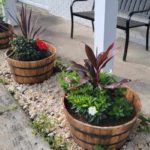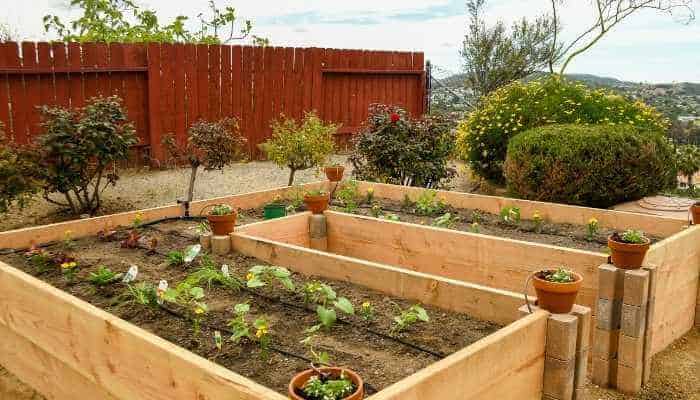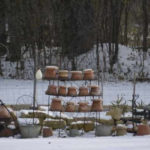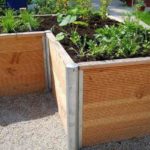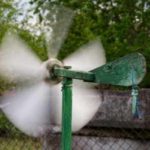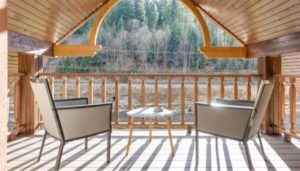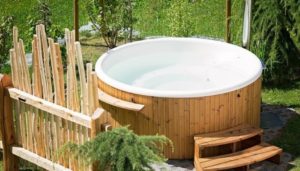When thinking about all the things that might go wrong when you have raised garden beds, the one thing most people overlook is the idea that the sides will bow outward. But this can happen, which can leave your garden looking bad and can cause you to lose good soil.
If you don’t want your raised garden beds to bow, prevent this from the very beginning by stabilizing your beds, building them out of strong materials, reinforcing them, and protecting or sealing the materials that might bow over time due to exposure to moisture.
If you want to know more about keeping your raised garden beds from bowing, keep reading and I’ll do my best to break things down.

Stabilize Your Beds
The best protection against bowing is to choose stable ground and be sure you stabilize your beds (including their sides) to begin with. The sides are usually the longest structures on the raised garden bed. If there is no support placed in the center of those sides – no matter what material it’s made of, bowing can occur.
First, be sure you are building your beds on solid, well-packed, level ground. When you make your boxes that will become your beds, always remember to add in support the middle of the longest sides. These side supports can be made longer than the actual side so that they can be placed in the soil for added anchoring and strength.
Instead of just using the side supports on the center of the sides, you can also add measured 2x4s to run perpendicular to each side. I have taken a picture to share of that below.
You can also further stabilize your beds by placing them against an already existing structure, like a wall or a fence. Not only will this provide added support to keep at least one side of your bed from bowing, but you can also easily use fences as support for vines.
Make Your Beds From Strong Materials That Do Not Bow Easily
A lot of people make the mistake of using the cheapest, thinnest materials they can get their hands on to make their raised garden beds. This can leave you with very thin sides that bow out from the weight of the soil. Even if the soil itself doesn’t cause bowing, once you add a significant amount of water, things can change.
Make sure you use pressure-treated lumber. The corners can be made from 4x4s instead of smaller lumber and the sides can be made from boards that are 2in (5cm) thick. If you can spare it, you may want to add more than just the middle support beam across as well. The thicker material and the more support you use, the less bowing you’ll see.
Another reinforcement method, especially for beds that have already been made, is the use of metal rebar to further lend stabilization and support to the structure. I have done this in the past. As a matter of fact, I have not only used metal rebar, but also metal brackets in the corners that are nice and thick, so that they aid in the support.
There are also types of wood that are more resistant to insects, fungus, and rot. Cedar, redwood, and oak fit into these categories, but they are going to be more expensive. Metal beds are the same – much more expensive to make or purchase, but usually stronger. The same goes for synthetic lumber, blocks, or stone. All of these materials are reasonable materials for building your raised garden beds. They also will not bow.
Always Treat and Maintain Your Raised Garden Beds
Bowing of wood is more often caused by the introduction of water and the drying of the wood over and over through time than by the amount of soil pressing against it. Therefore, it’s best to try and minimize the contact with moisture.
First off, use pressure-treated lumber to get the maximum time out of your beds. Pressure-treated lumber used to be treated with arsenic before the 2000s, so don’t use wood you’re not sure of. Now there is still something called ACQ (alkaline copper quaternary) that has a very low level of toxicity.
Pressure-treated lumber normally does not contain enough copper to actually cause issues, though it can be an issue for organic farmers (the rules for organic farming are very strict). To just be sure there is less chance of contaminants from the lumber leaching into the soil, treat your lumber with a wood sealer. Sealers can also help prevent bowing.
Another way to keep moisture from constantly getting to your lumber and causing bowing is to line the box with plastic. This also is a method of keeping any contaminants from your edible plants. It’s a win-win.
In Conclusion
As you can see, there are a lot of methods available to either prevent bowing or fix bowing issues in your raised bed gardens. To fix the bowing that you see happening, unfortunately, you will probably have to actually empty the bed and start over. That’s why it’s so very important to use the proper materials, choose the proper locations, and treat your beds to prevent bowing.
